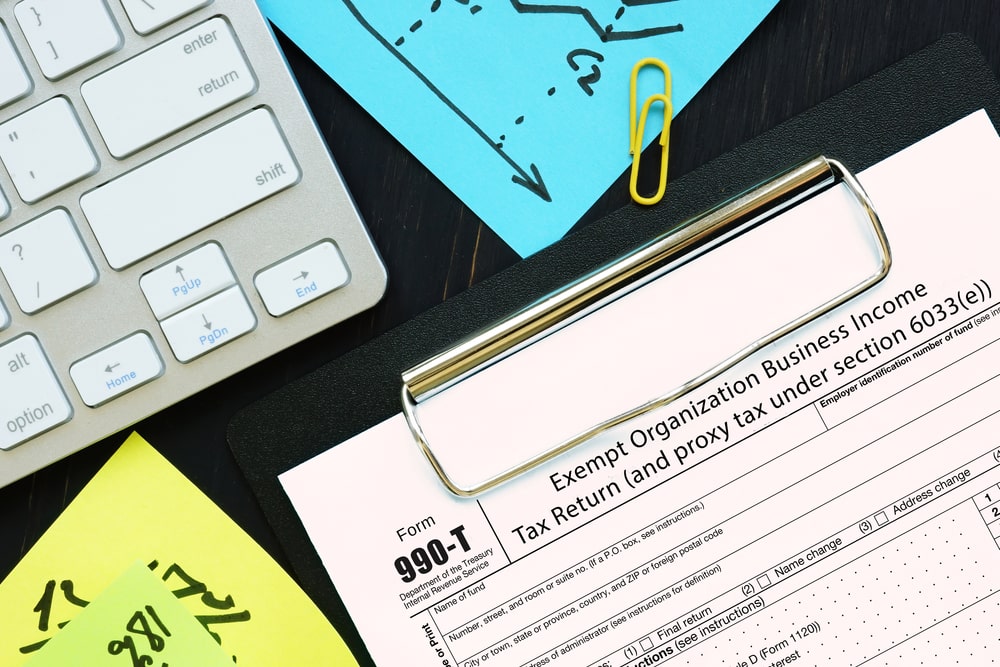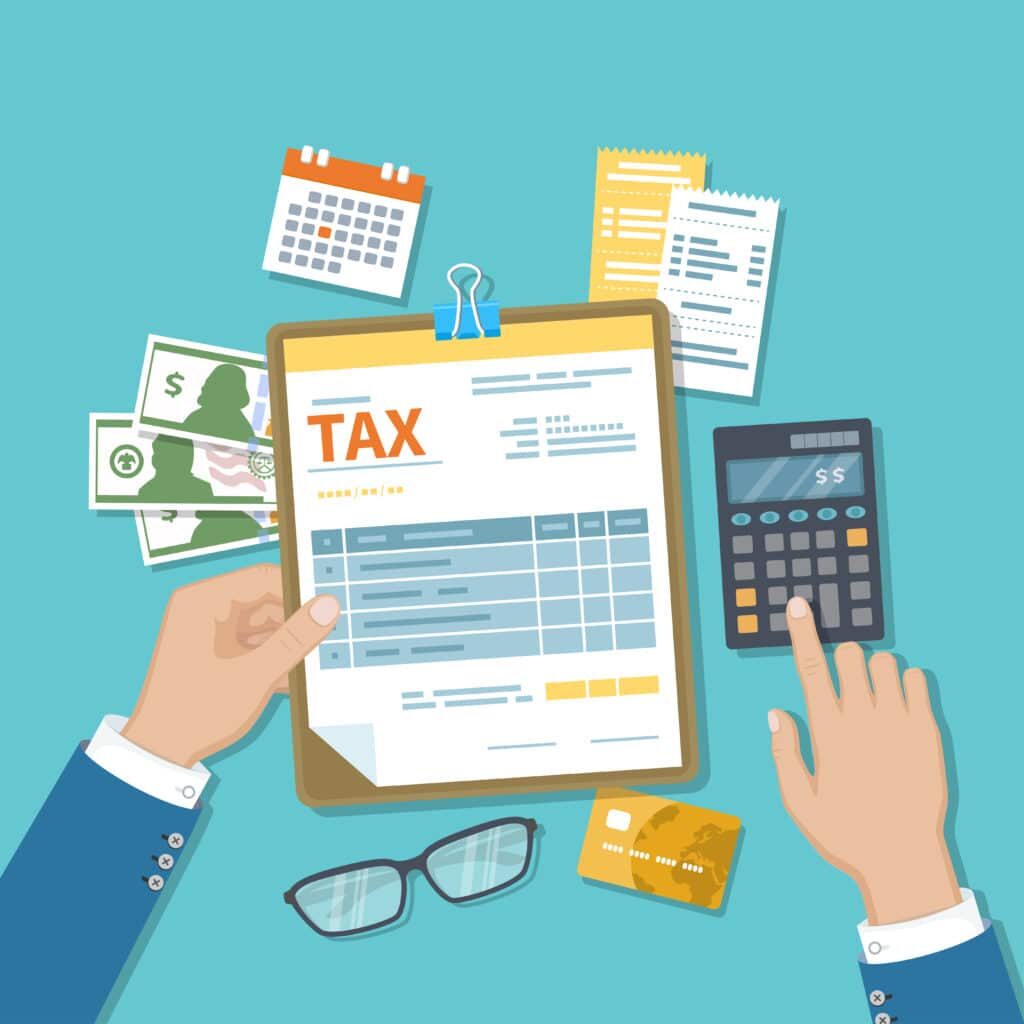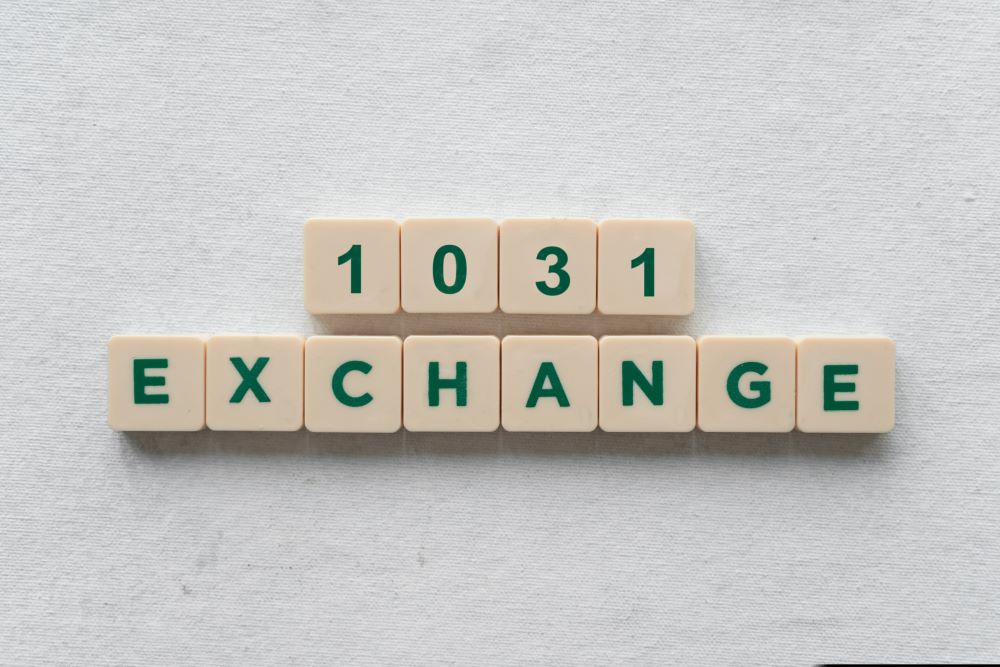The Cap Rate: The First Number of Professional Investors

Say “Hi” to the Cap Rate
When you first enter the world of real estate investing, you’ll find a lot of new terms and acronyms. (Every industry likes to feel special.) One of the most common phrases you’ll see is “capitalization rate”. Or, as it is more popularly known, the “cap rate”. The cap rate equation is simple. Take the Net Operating Income (NOI) of the property and divide it by the property’s current value, and you get the cap rate.
Cap Rate = Net Operating Income/Property Value
Let’s plug in some numbers to get a better sense of what we’re talking about. NOI is composed of the real time cash flow of your property. This would include:
- Annual Rental Income (+)
- Property Taxes (-)
- Maintenance (-)
- Insurance (-)
- Other Expenses (-)
If we use as an example a modest two-family rental in Springfield (yes, that Springfield,) the numbers might look something like this:
| Annual Rental Income | $28,800 (+) |
| Property Taxes | $3000 (-) |
| Maintenance | $2,500 (-) |
| Insurance | $2,000 (-) |
| Other | $3,000 (-) |
| Total | $18,300 |
The next number that we need is the property value:
| Property Value | $300,000 |
Now let’s run the equation:
Cap Rate = 18300/300000 = 6.1%
Now we know the cap rate for this property, but what exactly does that tell us?
The Significance of the Cap Rate
In the most simple understanding, the cap rate tells you about the relationship between your annual profit and the value of the property. If we look at the two possible extremes of the cap rate, this relationship will be obvious. For example, let’s say you purchase a property for $750,000 and then bring in a NOI of $1,000. You’re not losing money, but obviously you’re not really making money either. In effect, your money is just sitting there doing nothing. If we run the numbers, the cap rate for this property comes out to .13%. That kind of cap rate would have potential investors immediately looking elsewhere.
Now let’s look at the other extreme. Let’s say you bought the same $750,000 property, but due to a ridiculous discrepancy in rental prices, you were able to bring in a NOI of $375,000. In other words, you were able to make a 50% profit. You would be crowned the King of Real Estate! The cap rate on that deal works out to – you guessed it – 50%.
Why You Really Need to Know the Cap Rate
Now that you understand what the cap rate measures, you’re most probably wondering what’s standard in today’s market. Usually properties hover between 4% and 6% based on a lot of different factors. With that number out of the way, we can address a more pressing question. Why should you care? Many people think of investments as a down-the-road kind of thing. I buy something, I wait a long time, and then I sell for a profit. Why should real estate be any different? Buy a property, wait a long time, and then sell it for a profit. As long as you cash out nicely in the end, why should the cap rate be such a major factor?
There are two answers to this question. The first is that an investor should never throw away money. (An obvious point but one that many investors don’t seem to fully grasp.) The income that comes from real estate is one of the essential factors that makes it such a good investment.
The second answer is a factor of risk. If a property brings in zero income, then its attractiveness as an investment asset will be based purely on speculation. I’m hoping that this property will go up in value, and so much so, that I will be able to realize a decent return when I sell it. Obviously we want that to happen, but if it doesn’t, we don’t want to be left holding the bag. If a property brings in income, then effectively that income works as a hedge against loss. Even if the property doesn’t appreciate as expected, you can still come out on top due to the rental income. Thus, the higher the cap rate, the more the investor will be protected against loss.
How to Use the Cap Rate
The cap rate should never be the sole determinant in a property purchase. It’s true that the cap rate functions as a snapshot of the property’s current valuation. However, there are a lot of factors which can cause the cap rate to change or become inconsequential. Almost all of the items that are used to calculate NOI can shift in value, which means that the cap rate can also shift. The rental market can become more competitive, maintenance costs can go up, or a hurricane can come and bring with it skyrocketing insurance premiums.
How then should you use the cap rate? The cap rate is an important data point and as you gain experience, you will find a lot of applications for it. In the beginning, though, the cap rate will be most useful when comparing similar properties. If everything else is the same (e.g. neighborhood, maintenance, rehab costs, etc.), then the current cap rate could be the determining factor in which property to choose. Obviously you should try to find out why the cap rates differ. but assuming property parity, the higher cap rate will usually be more advantageous.










